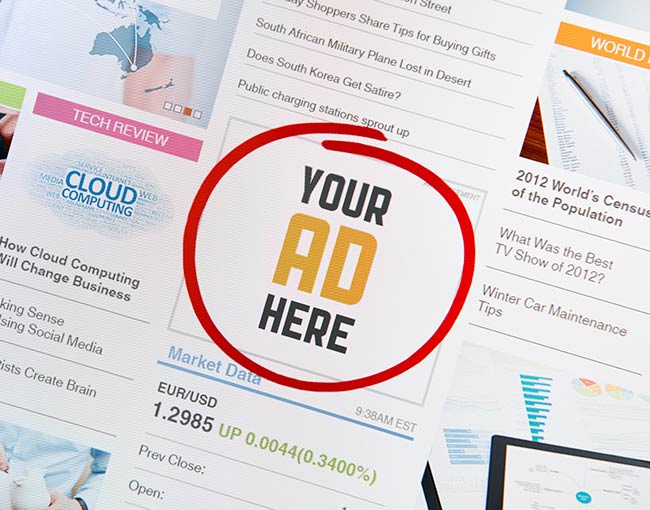Internet and mobile advertising is subject to the same rules as anything else, the Federal Trade Commission recently assured us in a detailed 53-page booklet.
To be fair, online advertising is subject to ordinary advertising rules. But there are always twists to how ordinary rules are applied online. The new FTC booklet, “.com Disclosures,” focuses on those online twists.
Anyone involved in online ad clearance ought to read this document carefully. The booklet is even designed the way the FTC wants online ads to be designed – with plain language text, clear headings, useful hyperlinks, and conspicuous disclaimers.
Here are a few of the key points:
- Important limitations on ad claims — including many cost, health, and safety disclosures — should be incorporated into the ad terms, not made in separate disclosures.
- Disclosures that don’t need to be in the text of the ad still need to be clear and conspicuous.
- Hyperlinks for disclaimers need to be placed near the claim to which they pertain and properly labeled to indicate the type and importance of the information to which they link. Labeling a disclaimer hyperlink as “disclaimer,” “more information,” or “fine print” is often inadequate.
- When a purchase is involved, advertisers may need to state or repeat key disclosures as the consumer adds goods to his or her shopping cart or makes the order.
-
"Space-constrained ads”— that’s legalese for ads displayed on smart phone screens or other mobile devices — raise special concerns.
- When normal web ads will be displayed on smart phones, those ads need to be designed so that disclosures will be apparent to smart phone users – for example, in the same column as the claim they modify.
- Even short teaser ads need to contain key disclosures. In one example, the agency showed how a short two-line diet-product teaser ad can be made compliant with the addition of “Ad:” (making clear it was a paid endorsement) and of “Typical loss: 1 lb/wk” (adding that key qualification to the otherwise broad diet benefit claim).
The FTC booklet also reminds readers of a few advertising basics: “Deception is unlawful matter what the medium.” “Advertisers are responsible for ensuring that all express and implied claims that an ad conveys to reasonable consumers are truthful and substantiated.” And the one lawyers like best: “Whether a particular ad is deceptive, unfair, or otherwise violative…will depend on the specific facts at hand.”
Mark Sablemanis a partner in Thompson Coburn’s Intellectual Property group with a focus on media and information technology law. He writes frequently on advertising, marketing, data privacy, and trademark law. You can reach Mark at (314) 552-6103 or msableman@thompsoncoburn.com.




